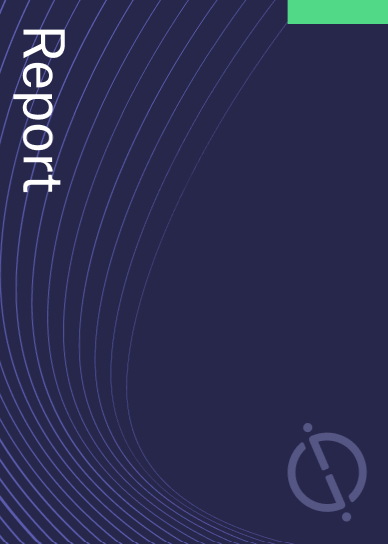Meyer Burger Technology has patented a method for measuring current-voltage curves and current mismatches in tandem solar cells. The method utilizes a combination of broad-spectral and narrow-band light sources under standard AM1.5 illumination, ensuring accurate testing results for solar cell performance. GlobalData’s report on Meyer Burger Technology gives a 360-degree view of the company including its patenting strategy. Buy the report here.

Discover B2B Marketing That Performs
Combine business intelligence and editorial excellence to reach engaged professionals across 36 leading media platforms.
According to GlobalData’s company profile on Meyer Burger Technology, was a key innovation area identified from patents. Meyer Burger Technology's grant share as of July 2024 was 26%. Grant share is based on the ratio of number of grants to total number of patents.
Method for testing tandem solar cell current-voltage characteristics
The patent US12040746B2 outlines a method for measuring and calculating the current-voltage (IV) curve and current mismatch in tandem solar cells, which consist of at least two solar subcells. The method is conducted under simulated solar irradiance conditions defined by the AM1.5 illumination standard (IEC 60904-3). It involves a series of steps, including the use of a primary light source that mimics the AM1.5 spectrum and additional narrow bandwidth light sources that target specific subcells. The process includes illuminating the tandem solar cell to acquire short-circuit current data, generating interpolation curves, and determining a balance ratio of short-circuit currents. The method allows for the calculation of necessary light intensities to achieve consistent test results across different light sources, ultimately leading to the generation of the IV curve for the solar cell.
Additionally, the patent describes a solar cell test apparatus designed to implement this method. The apparatus includes the primary light source and multiple narrow bandwidth light sources, which can be light-emitting diodes (LEDs) or LED arrays. It also features light intensity monitoring devices, such as photovoltaic silicon diodes equipped with optical band-pass filters, to ensure accurate measurements. The method and apparatus are designed for efficiency, allowing characterization of the tandem solar cell in under one minute, and can also calculate various solar cell parameters, including short-circuit current, open-circuit voltage, fill factor, and resistances. This innovation aims to enhance the testing and performance evaluation of tandem solar cells in a standardized manner.
To know more about GlobalData’s detailed insights on Meyer Burger Technology, buy the report here.
Data Insights
From

The gold standard of business intelligence.
Blending expert knowledge with cutting-edge technology, GlobalData’s unrivalled proprietary data will enable you to decode what’s happening in your market. You can make better informed decisions and gain a future-proof advantage over your competitors.




